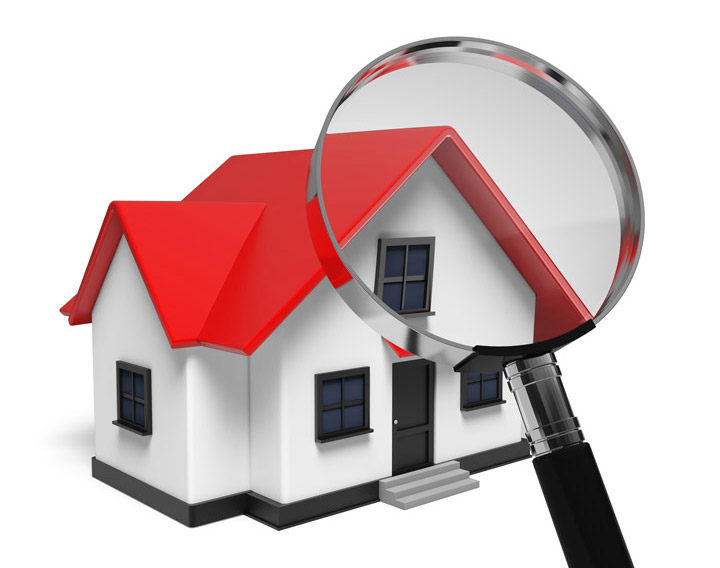
Comprehending AppraisalsGetting a house can be the largest investment many might ever encounter. It doesn't matter if where you raise your family, a seasonal vacation home or one of many rentals, purchasing real property is an involved transaction that requires multiple parties to pull it all off. You're likely to be familiar with the parties taking part in the transaction. The real estate agent is the most recognizable entity in the transaction. Next, the mortgage company provides the money necessary to finance the transaction. And ensuring all requirements of the transaction are completed and that a clear title transfers from the seller to the purchaser is the title company. So, what party is responsible for making sure the value of the real estate is in line with the amount being paid? This is where the appraiser comes in. We provide an unbiased estimate of what a buyer could expect to pay — or a seller receive — for a property, where both buyer and seller are informed parties. A licensed, certified, professional appraiser from Lemmon Appraisal Services will ensure, you as an interested party, are informed. The inspection is where an appraisal startsOur first responsibility at Lemmon Appraisal Services is to inspect the property to determine its true status. We must see features hands on, such as the number of bedrooms and bathrooms, the location, living areas, etc, to ensure they truly are present and are in the condition a reasonable buyer would expect them to be. The inspection often includes a sketch of the floorplan, ensuring the square footage is accurate and conveying the layout of the property. Most importantly, we look for any obvious amenities - or defects - that would affect the value of the property. After the inspection, we use two or three approaches to determining the value of the property: sales comparison and, in the case of a rental property, an income approach. 
Replacement CostHere, we pull information on local building costs, labor rates and other elements to calculate how much it would cost to replace the property being appraised. This estimate often sets the maximum on what a property would sell for. The cost approach is also the least used method. 
Paired Sales AnalysisAppraisers become very familiar with the neighborhoods in which they work. They innately understand the value of particular features to the people of that area. Then, the appraiser looks up recent transactions in close proximity to the subject and finds properties which are 'comparable' to the real estate at hand. By assigning a dollar value to certain items such as remodeled rooms, types of flooring, energy efficient items, patios and porches, or extra storage space, we adjust the comparable properties so that they are more accurately in line with the features of subject property.
An opinion of what the subject might sell for can only be determined once all differences between the comps and the subject have been evaluated. When it comes to associating a value with features of homes in El Paso and El Paso, Lemmon Appraisal Services can't be beat. This approach to value is typically given the most importance when an appraisal is for a real estate exchange. Valuation Using the Income ApproachIn the case of income producing properties - rental houses for example - the appraiser may use a third approach to value. In this case, the amount of income the real estate produces is taken into consideration along with other rents in the area for comparable properties to determine the current value. Putting It All TogetherAnalyzing the data from all applicable approaches, the appraiser is then ready to stipulate an estimated market value for the property in question. The estimate of value on the appraisal report is not always the final sales price even though it is likely the best indication of what a property is worth. Prices can always be driven up or down by extenuating circumstances like the motivation or urgency of a seller or 'bidding wars'. But the appraised value is often used as a guideline for lenders who don't want to loan a buyer more money than the property is actually worth. The bottom line is, an appraiser from Lemmon Appraisal Services will guarantee you discover the most accurate property value, so you can make wise real estate decisions. |